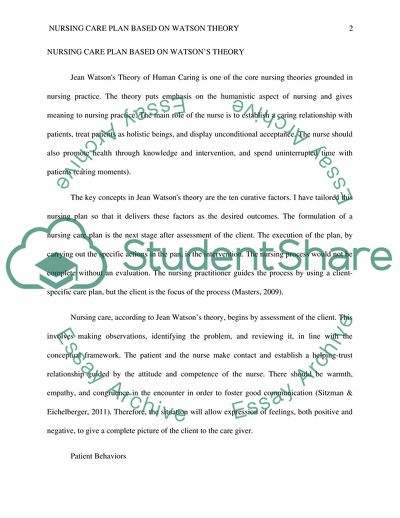Cite this document
(Nursing care plan based on watson's theory Essay, n.d.)
Nursing care plan based on watson's theory Essay. https://studentshare.org/nursing/1791303-nursing-care-plan-based-on-watson-theory
Nursing care plan based on watson's theory Essay. https://studentshare.org/nursing/1791303-nursing-care-plan-based-on-watson-theory
(Nursing Care Plan Based on watson'S Theory Essay)
Nursing Care Plan Based on watson'S Theory Essay. https://studentshare.org/nursing/1791303-nursing-care-plan-based-on-watson-theory.
Nursing Care Plan Based on watson'S Theory Essay. https://studentshare.org/nursing/1791303-nursing-care-plan-based-on-watson-theory.
“Nursing Care Plan Based on watson'S Theory Essay”. https://studentshare.org/nursing/1791303-nursing-care-plan-based-on-watson-theory.


